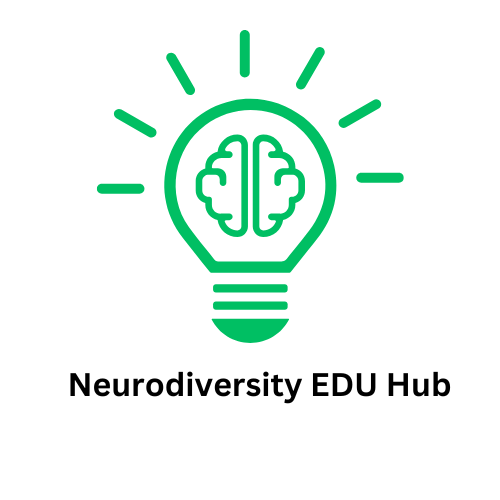
The Autism Gender Divide: A Closer Look
Understanding the complexities of autism spectrum disorder (ASD) through a gender lens reveals significant disparities in diagnosis rates. According to the National Institutes of Health, ASD is diagnosed four times more frequently in boys than girls, with reports indicating that one in 38 boys and one in 152 girls aged eight years are diagnosed. These striking statistics call into question the diagnostic processes that may favor traditional male presentations of autism, ultimately risking misdiagnoses or delays in essential support for girls.
Diagnosing and Camouflaging: The Challenge for Girls
One crucial aspect to consider is how females often engage in "camouflaging," a coping mechanism where they mask their autistic traits to fit societal expectations. This response not only complicates the identification of ASD in girls but can lead to a significantly higher incidence of misdiagnosis and a lack of proper support. Many girls, while exhibiting the symptoms of autism, may not meet the diagnostic criteria established predominantly based on observations of male behavior. As a result, they might leave medical consultations without a clear diagnosis, potentially leading to long-term consequences on their mental, physical, and social health.
Gender Developmental Differences
Research shows that girls typically mature faster than boys, which can heavily impact the diagnostic process. When young girls present symptoms of developmental delays or atypical behavior, healthcare providers may mistakenly overlook these signs under the presumption that they do not align with an ASD diagnosis designed for boys. This oversight underscores the necessity for tailored diagnostic approaches that consider the unique ways ASD manifests in females.
The Link Between ASD and Eating Disorders
Furthermore, underdiagnosed girls face additional challenges, notably the heightened risk of developing eating disorders. Recent studies suggest that those with subtle or camouflaged symptoms are often left without the guidance they need, leading to unhealthy coping mechanisms related to body image and self-esteem. Understanding how ASD relates to eating disorders is critical to informing better healthcare practices and ensuring these individuals receive the help they need.
Addressing Gender Bias in Autism Diagnosis
Advocates for neurodiversity emphasize that there needs to be a shift in the diagnostic criteria and assessment tools which have historically centered on male experiences. By adapting these frameworks to include female presentations of autism, healthcare providers can improve recognition and ensure that girls receive timely and appropriate interventions.
Practical Steps Forward
For educators and caregivers, recognizing the signs of autism in girls is crucial. Here are some proactive measures to promote awareness and improve outcomes:
- Training and Workshops: Encouraging workshops for educators and healthcare professionals about gender differences in autism presentations can create a more informed support network.
- Advocacy: Support local and national advocacy groups that work to raise awareness about gender bias in autism diagnosis and treatment.
- Open Communication: Foster open dialogue between parents, teachers, and healthcare providers to discuss any concerns regarding developmental milestones that might signify autism.
Call to Action: Be an Advocate for Change
The exploration of autism through a gendered lens reveals critical insights into how we can improve diagnostic practices for young girls. If you're an educator, you have the power to support change. Let's advocate for comprehensive training and awareness about the nuanced presentations of autism. Your voice matters—join us in championing a more equitable approach to autism diagnosis!
 Add Row
Add Row  Add
Add 




Write A Comment